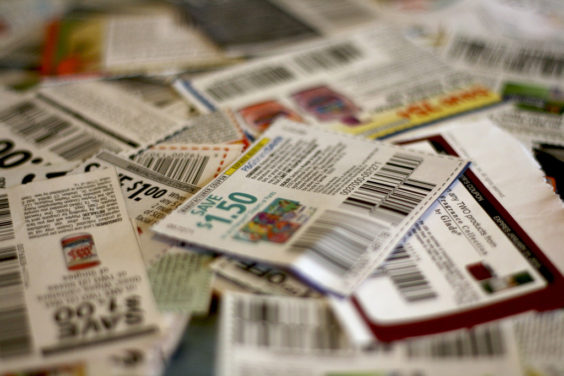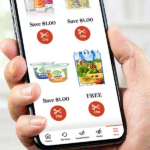
One of the first rules of effective couponing is to give up your brand loyalties. To save the most money, you need to be willing to buy whatever brand you can get for the lowest price, using some combination of coupons, rebates and sales.
But are these really hard-and-fast rules that all coupon users follow? Not according to a new study, which shows that many coupons succeed in driving trial and encouraging repeat purchases – just as the coupon issuers hoped and intended.
“Are coupon redeemers only chasing after this week’s bargains – or do they represent a longer-term opportunity for brands?” the market research firm GfK asked, in announcing their findings.
GfK dug into its National Shopper Lab database, which contains the aggregated purchasing information from more than 86 million loyalty card users across the country. Its study focused on the use of newspaper insert, or FSI, coupons from 2013 through 2017, in 45 different product categories.
What GfK found was that 41% of FSI coupon users are repeat purchasers, returning later to buy the same product again. Among those who are already considered loyal to the brand, two-thirds who used a coupon to buy the brand’s product will buy it again later. But perhaps more tellingly, one-third who are loyal to a different brand will become repeat purchasers of a competitor’s product if they are first enticed to buy it with a coupon.
In addition, the research found that FSI coupons are used equally by current brand buyers and new or lapsed buyers, with each category of shoppers accounting for half of the coupons used for a particular product. But, after using a coupon, current buyers are more than two times as likely to continue buying the product than new or lapsed buyers – suggesting that offering coupons to retain current customers can be just as important as offering coupons to attract new customers.
“This information is essential for setting the right coupon strategy to reach a brand’s key customers and potential buyers,” GfK’s Executive Vice President of Sales Effectiveness Neal Heffernan said in a statement announcing the results. A deep dive into the redemption of their coupons can help coupon issuers “learn a lot about effective couponing and the value of different executions.”
Missing from the analysis, though, is one key point – are shoppers who buy a product with a coupon more likely to buy the product again later without a coupon, or will they only buy the product again if there’s another coupon available? If the idea in offering coupons is to encourage shoppers to buy a product, then buy it again later at full price, then the fact that 41% of shoppers are doing so would be a huge vote of confidence in coupons’ effectiveness. If, however, coupon users are repeat purchasers only when they can get a deal – and are likely to switch brands if they don’t get one – you could say that coupons are perpetuating a vicious cycle of training people never to buy at full price.
The study also focused exclusively on paper insert coupons, which still represent the greatest number of coupons both issued and redeemed. But that leaves open the question of how paper insert coupon users compare with users of other forms of paper coupons, digital coupons or cash-back offers. Brands that offer digital discounts have many more levers at their disposal to help turn coupon users into loyal purchasers.
You can see it for yourself if you’ve ever redeemed a digital coupon or submitted for a rebate through a cash-back app for, say, a dollar off one product. The same offer might later become available to you again, but this time, it will be worth 50 cents. Would you buy the product again with a smaller discount? If so, will you buy it a third time with no discount? That’s just what the coupon issuer is trying to find out.
But GfK’s research does manage to show that good old-fashioned printed newspaper insert coupons still work in incentivizing people to buy. So for those who like physical coupons, and the brands that issue them, it could mean that insert coupons just might stick around a while longer after all.
Photo by MissMessie










